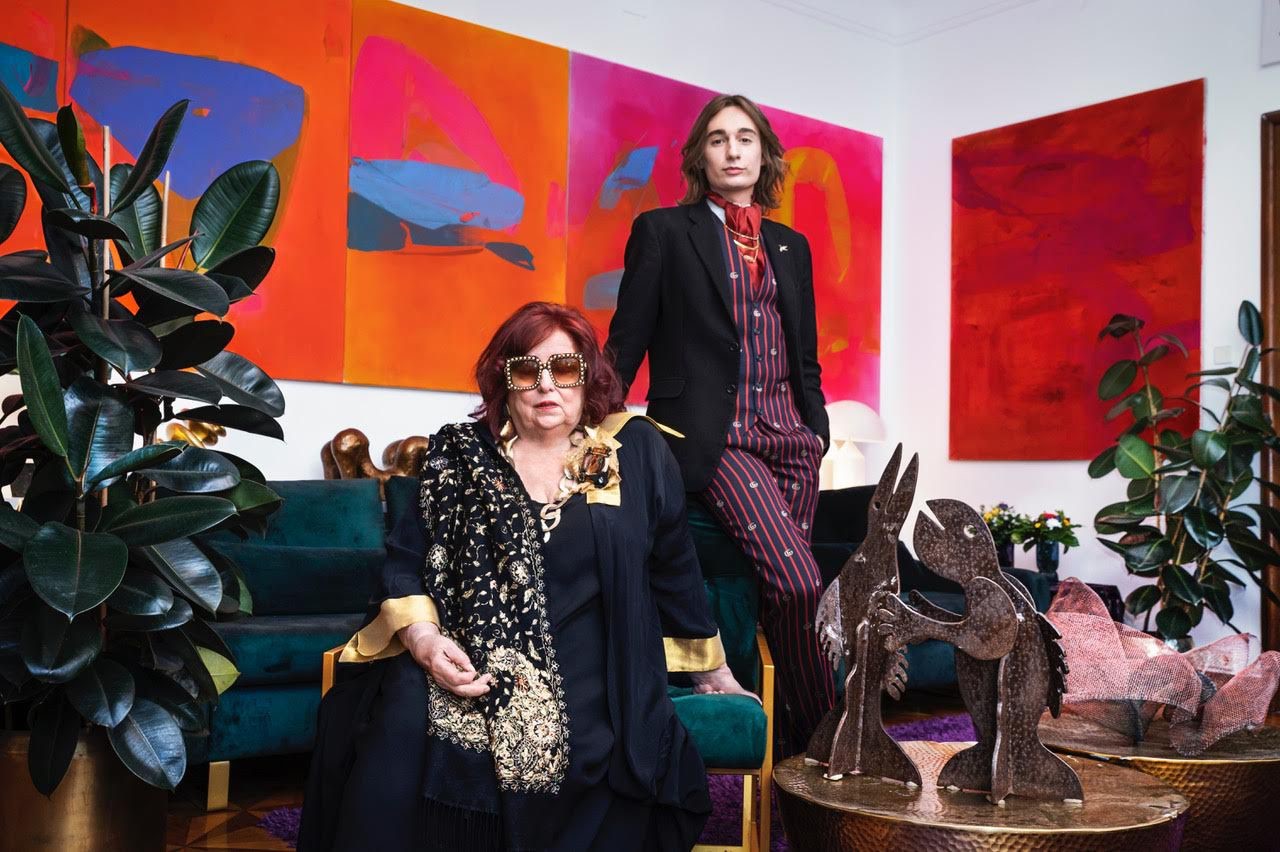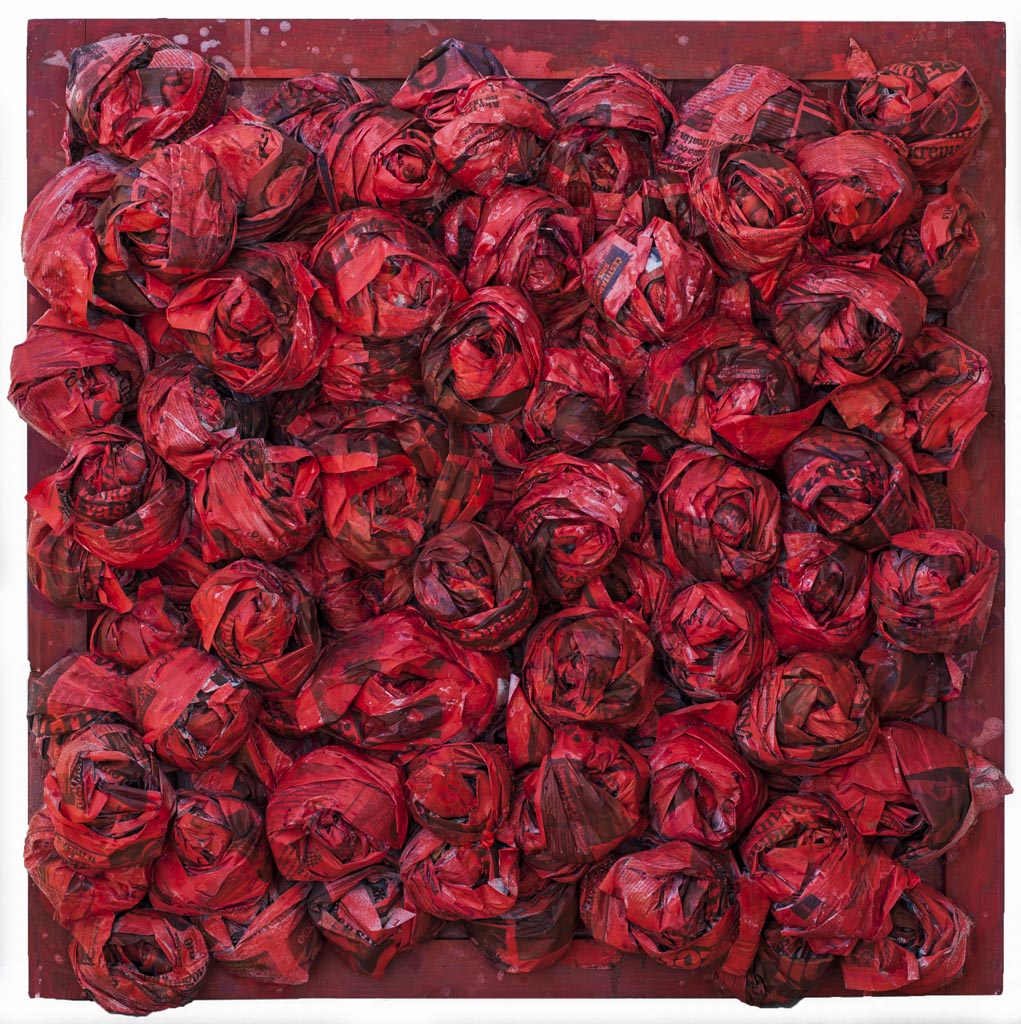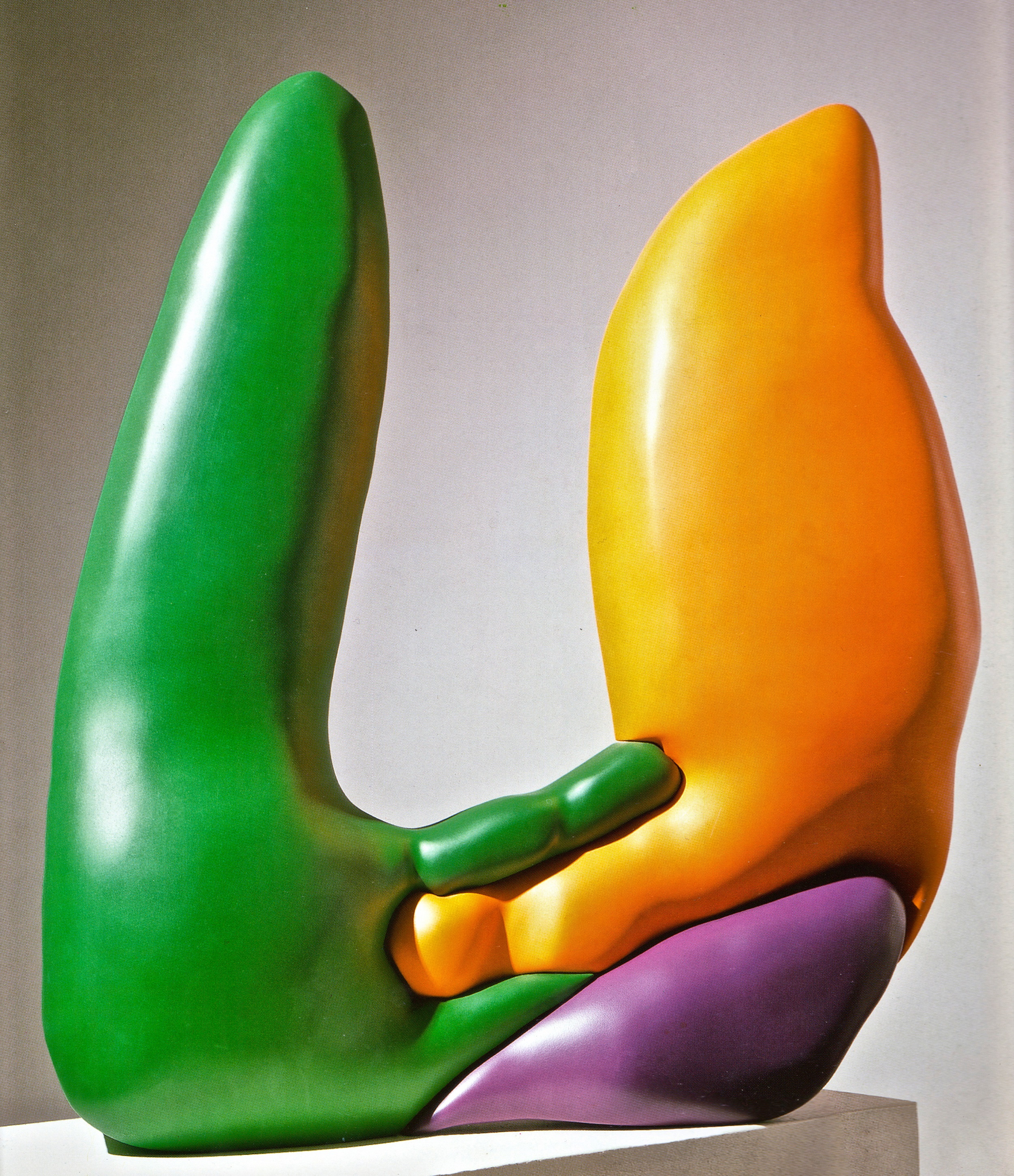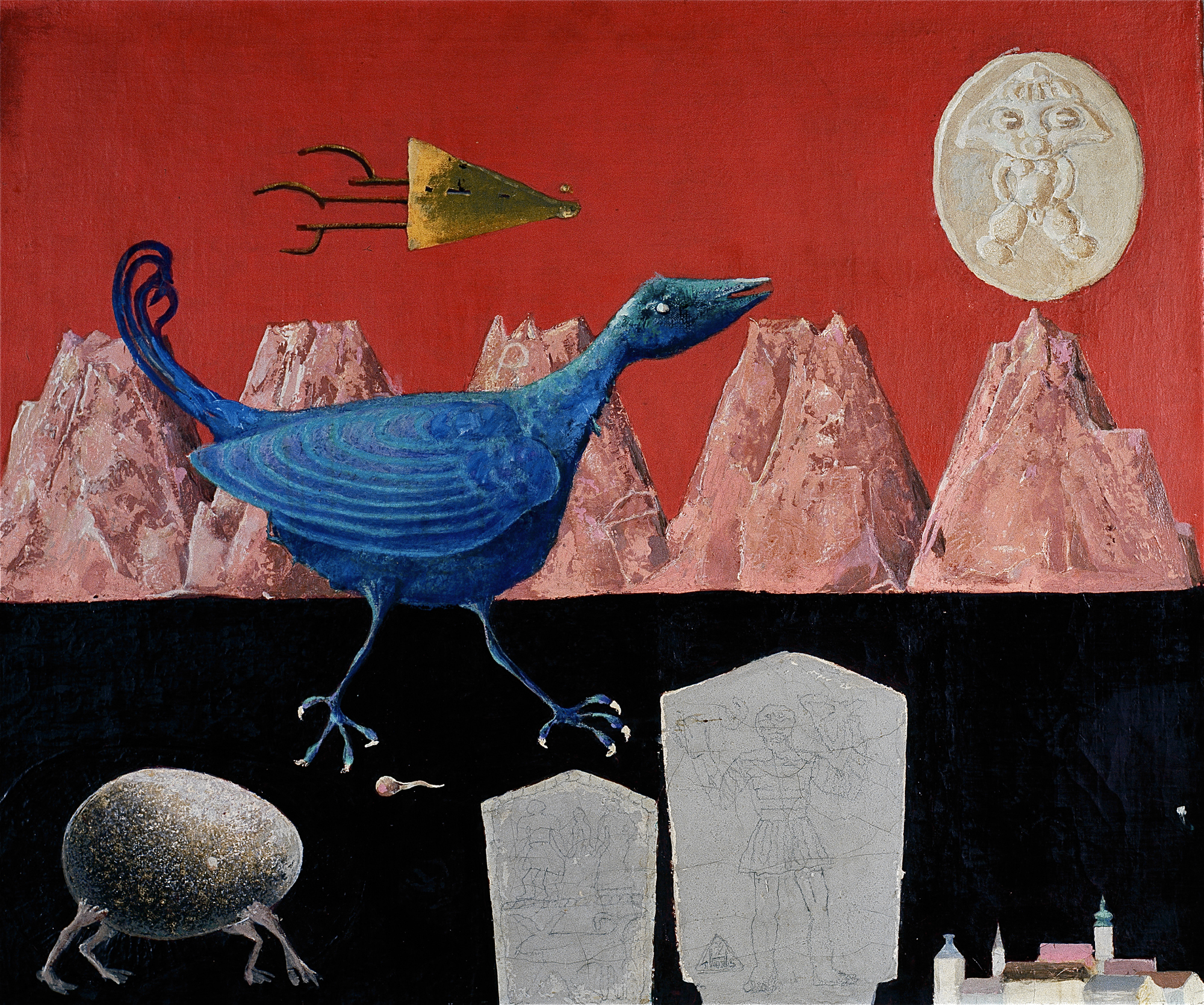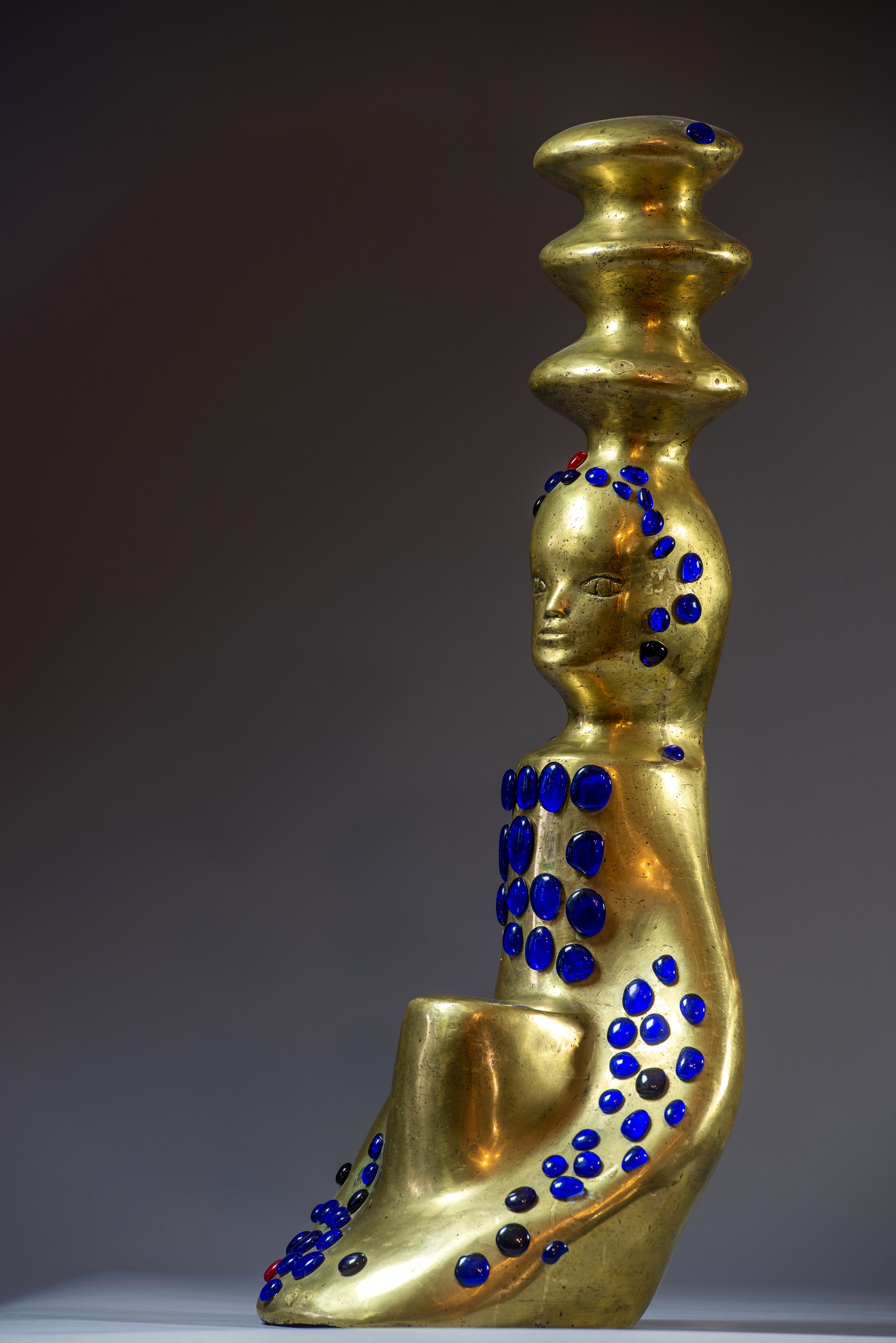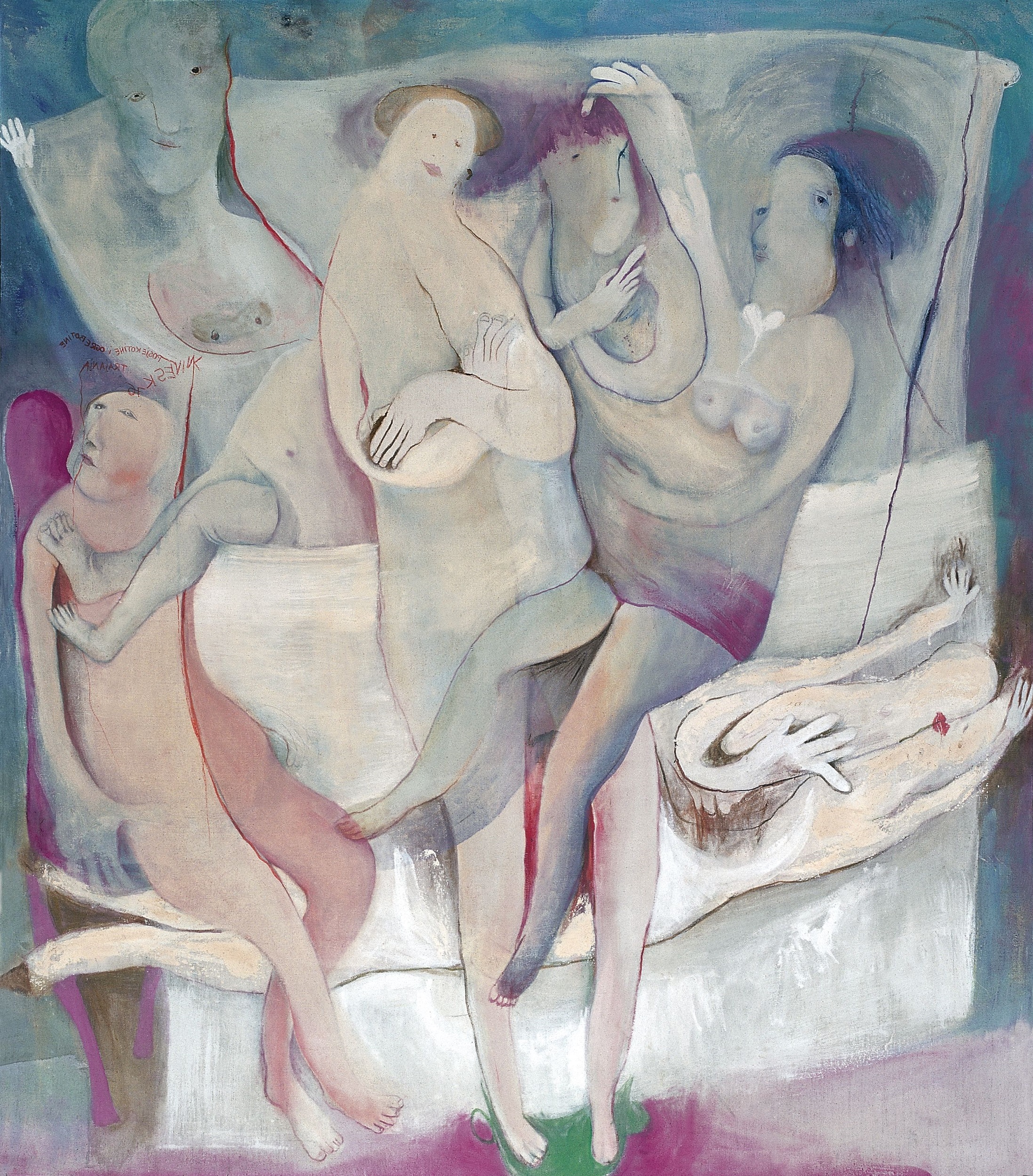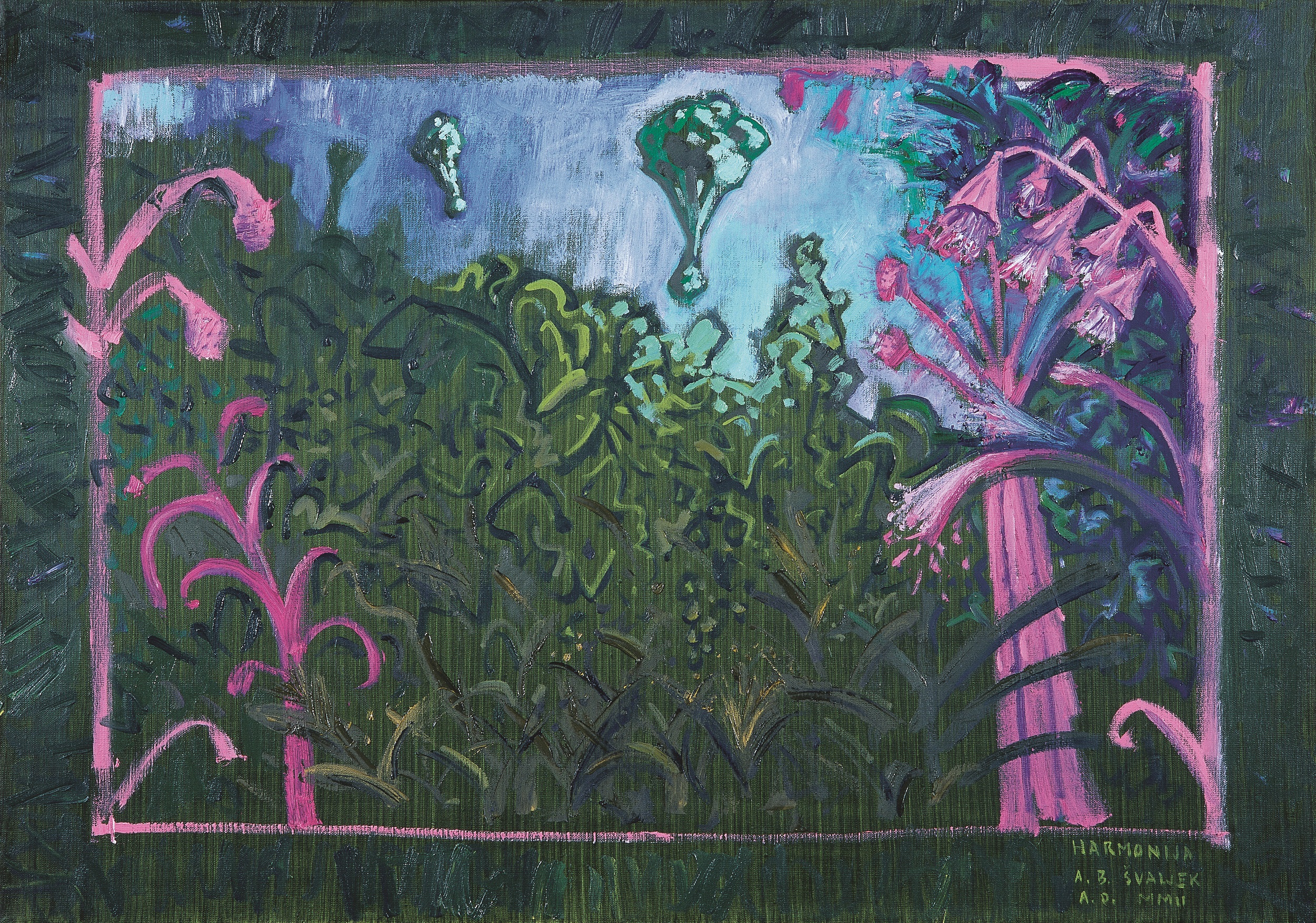Ausstellung zeitgenössischer kroatischer Kunst aus der Sammlung von Dagmar Meneghello
Die Ausstellung DER SCHAUM DER TAGE entsteht an der Schnittstelle von Kunst und Leben, an jenem Punkt, an dem der Raum zum Spiegel der inneren Welt wird – gleich dem Raum im gleichnamigen Roman von Boris Vian, der atmet, wächst und vergeht gemeinsam mit den Emotionen seiner Figuren. In diesem Sinne präsentiert die Ausstellung den zeitgenössischen Salon der kroatischen Galeristin und Sammlerin Dagmar Meneghello. Er ist nicht bloß ein physischer Ort, sondern ein lebendiger Organismus, pulsierend zwischen Intimität und Idee, zwischen individueller Vision und kulturellem Akt des Widerstands. In ihm ist Kunst kein Schmuck, sondern – Atem. Atem gegen das Vergessen, gegen den Markt und gegen die Entropie des Geistes.
Wie Vians "Froth on the Daydream" eine Parabel über Liebe, Vergänglichkeit und geistige Sensibilität ist, so ist auch das Lebenswerk von Dagmar Meneghello eine kroatische und zeitgenössische Variante dieser Parabel: eine Liebe, die sich in zeitgenössische Kunst verwandelt; ihre Bucht Palmižana auf der Insel Sv. Clement, die zu einem Laboratorium der Ideen wird; und ihr Salon – ein Feld zwischen Traum und Gedanke. Chloé, Vians Heldin, erkrankt an einer Seerose, die in ihren Lungen wächst; mit ihr welkt und stirbt auch der Raum. Im Salon von Dagmar Meneghello jedoch ist diese Blume keine Metapher des Todes, sondern eine Metapher des Widerstands – Kunst als Heilmittel gegen die geistige Atrophie.
In ihrer Bucht Palmižana, fern institutioneller Rahmen und einst am Rande der Zivilisation, erschuf Dagmar Meneghello über sechs Jahrzehnte hinweg, was man als insulare Akademie bezeichnen könnte – einen Raum der Freiheit und des Dialogs, ein Laboratorium der Kreativität, das die Grenzen des künstlerischen Mediums überschritt. Dort schufen Maler, Bildhauer, Intellektuelle, Dichter und Musiker im Rhythmus des Meeres, in ihrem Salon unter freiem Himmel, mitten im robinsonhaften Archipel der adriatischen Küste. Der Salon, als Kontinuität einer europäischen Tradition, nahm in der Bucht Palmižana eine mediterrane Gestalt an und wurde zu einem Ort, an dem Individualität aus dem Chaos geboren wurde. Dagmar Meneghello schuf Ordnung im Ungeordneten, eine ästhetische Ordnung inmitten posttotalitärer Zerbrechlichkeit. Ihre Arbeit war ein existenzielles Projekt, ein Akt moralischer Imagination – Kunst als Gegengift zur Banalität.
Die Ausstellung DER SCHAUM DER TAGE präsentiert den Salon von Dagmar Meneghello als eine zeitgenössische Reinterpretation einer langen europäischen Geschichte – von den Pariser Salons einer Madame de Staël bis zu den Wiener Salons einer Fanny von Arnstein oder Berta Zuckerkandl. Wie ihre Vorgängerinnen formte auch die zeitgenössische Salonnière Dagmar Meneghello ihren Raum als Topos der Emanzipation, als ein Haus, in dem Gedanke und Ästhetik denselben Tisch teilen. Der Salon in der Villa Rein in Zagreb, eröffnet im Jahr 2021, war eine Transplantation der Palmižana in die Stadt – ein Ort, an dem intime Gespräche über Kunst und regelmäßige Präsentationen von Werken aus der Sammlung in einen öffentlichen kulturellen Akt verwandelt werden.
Die Sammlung Dagmar Meneghello umfasst über dreitausend Werke, doch sind Zahlen in diesem Fall trügerisch. Es handelt sich nicht um ein Inventar, sondern um einen Körper – ein Atemsystem, das durch Begegnungen, Gespräche und Emotionen funktioniert. In dieser Sammlung pulsiert jedes Werk in seinem eigenen Rhythmus, und die Sammelleidenschaft ist zu einer Form von Ethik geworden, genährt von Instinkt, Intuition und Liebe. Deshalb ist ihre Sammlung weder linear noch marktorientiert strukturiert – sie ist rhizomatisch, organisch, vielgestaltig, intuitiv und leidenschaftlich zusammengetragen.
Mit der Ausstellung DER SCHAUM DER TAGE wird in der österreichischen Hauptstadt zum ersten Mal eine prachtvolle Anthologie des jüngsten kroatischen Gegenwartsschaffens in Malerei und Skulptur präsentiert. Damit – zwischen Mittelmeer und Mitteleuropa, zwischen Intimität und Institution – erscheint die kroatische Kunst, repräsentiert durch diesen zeitgenössischen Salon, als lebendiger Puls der europäischen Kultur, als gleichwertiger Teil des europäischen kulturellen Gefüges – und zugleich als Topologie der Intimität einer Frau.
English:
Exhibition of Contemporary Croatian Art from the Collection of Dagmar Meneghello
The exhibition FROTH ON THE DAYDREAM unfolds at the intersection of art and life — at that very point where space becomes a mirror of the inner world, much like the space in Boris Vian’s eponymous novel, which breathes, grows, and fades in unison with the emotions of its characters. In this sense, the exhibition presents the contemporary salon of the Croatian gallerist and collector Dagmar Meneghello. It is not merely a physical environment but a living organism, pulsing between intimacy and idea, between individual vision and cultural act of resistance. Within it, art is not an ornament but – a breath: a breath against oblivion, against the market, against the entropy of the spirit.
Just as Vian’s "Froth on the Daydream" serves as a parable of love, transience, and spiritual sensitivity, so too may Dagmar Meneghello’s life’s work be seen as a Croatian and contemporary variation of that parable: a love transformed into contemporary art; her bay of Palmižana on the island of Sveti Klement, which becomes a laboratory of ideas; and her salon – a field between dream and thought. Chloé, Vian’s fragile heroine, succumbs to a water lily growing in her lungs; with her, the space too withers and dies. In Dagmar Meneghello’s salon, however, this flower is not a metaphor of death, but a metaphor of resistance – art as a remedy against spiritual atrophy.
In her secluded bay of Palmižana, far from institutional frameworks and once at the edge of civilization, Dagmar Meneghello has, over six decades, created what might be called an insular academy – a space of freedom and dialogue, a laboratory of creativity that transcended the boundaries of artistic media. Here, painters, sculptors, intellectuals, poets, and musicians worked to the rhythm of the sea, in her open-air salon amidst the Robinson-like archipelago of the Adriatic coast. The salon, as a continuation of a European tradition, assumed in the bay of Palmižana a Mediterranean form, becoming a place where individuality was born from chaos. Dagmar Meneghello created order within disorder, an aesthetic structure amidst post-totalitarian fragility. Her work was an existential project, an act of moral imagination – art as an antidote to banality.
The exhibition FROTH ON THE DAYDREAM presents the salon of Dagmar Meneghello as a contemporary reinterpretation of a long European history – from the Parisian salons of Madame de Staël to the Viennese salons of Fanny von Arnstein and Berta Zuckerkandl. Like her predecessors, the contemporary salonnière Dagmar Meneghello has shaped her space as a topos of emancipation, as a house where thought and aesthetics share the same table. The Salon in Villa Rein in Zagreb, inaugurated in 2021, was a transplantation of Palmižana into the city – a place where intimate conversations on art and regular presentations of works from her collection transform into public cultural acts.
The Dagmar Meneghello Collection comprises more than three thousand works; yet numbers in this case are deceptive. It is not an inventory, but a body – a breathing system functioning through encounters, conversations, and emotions. Within this collection, each work pulses to its own rhythm, and the passion for collecting has become a form of ethics, guided by instinct, intuition, and love. Thus, her collection is neither linear nor market-oriented – it is rhizomatic, organic, diverse, intuitive, and passionately assembled.
With the exhibition FROTH ON THE DAYDREAM, the Austrian capital will for the first time witness a splendid anthology of recent Croatian painting and sculpture. Situated between the Mediterranean and Central Europe, between intimacy and institution, Croatian art – embodied in this contemporary salon – emerges as a living pulse of European culture, an equal constituent of the European cultural fabric, and at the same time as a topology of a woman’s intimacy.
